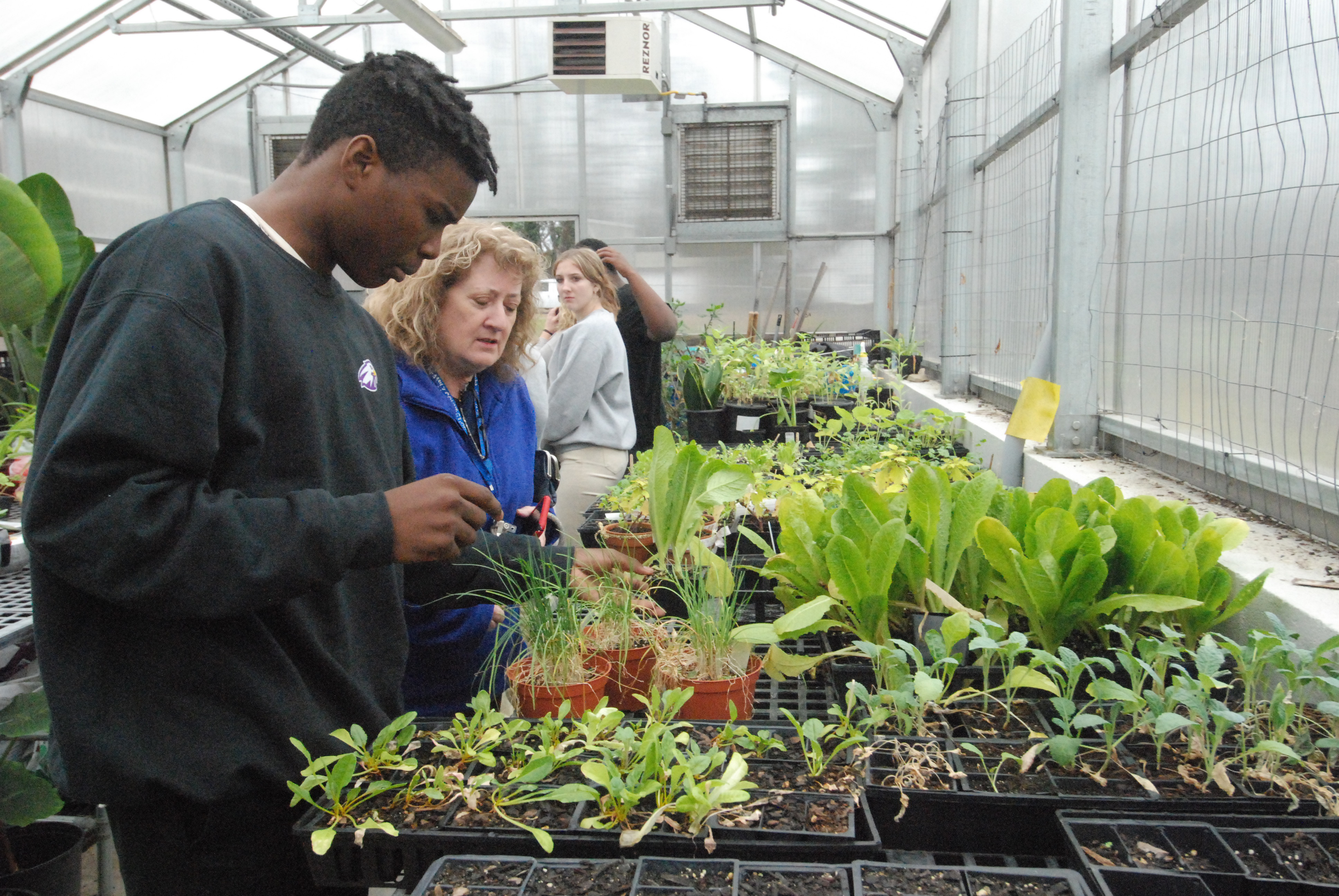Toi Degree: What to do with food in power outage
Published 7:45 am Thursday, February 26, 2015
With the recent harsh temperatures, snow storms and power outages. Many ask questions about maintaining refrigerated and frozen foods. The answers below will help you in doing so until power is restored.
Question: What do you do when you have a power outage?
Answer: First, things first note the time the power outage began if possible. This is very valuable information that you will need to know especially if the outage is prolonged
Second, do not open the refrigerator door, by not opening the door you can keep the temperature lower for a longer period of time. If you have to open the door, make a conscious effort to plan what you will take out before you open the fridge/freezer and close the door quickly.
Question: How long will the food in my refrigerator and freezer remain safe?
Answer: On average a refrigerator will only keep foods cold for about 2 to 3 hours, a full freezer will hold safely for 48 hours and a half full freezer will hold safely for 24 hours. Again, it is important to keep the door closed to maintain the temperature, thus keeping the food cold as long as possible.
Question: What do I do if the outage is longer than two hours?
Answer: So let’s suppose that the outage is more than two hours, if this is the case then you will need to begin packing perishables in a cooler with ice. Since perishable foods should not be held above 40 degrees for more than 2 hours, packing them in a cooler will keep them at a safe temperature till the power is restored. You may also have to pack a cooler with ice for your freezer items too, or you may choose to pack the refrigerator or freezer with dry, block, or bags of ice to maintain a safe temperature.
Question: What if you were away from home when there was a power outage?
Answer: If you are just returning home to find your refrigerator or freezer out, you should check the temperature of the refrigerator or freezer and the food. Digital, dial or instant-read food and appliance thermometers will help you to know if your food is at a safe temperature. In fact appliance thermometers should be kept in the refrigerator and freezer at all times so when and if the power goes out the appliance thermometer will always indicate the temperature inside the refrigerator or freezer no matter how long it’s been out. The recommended temperature inside the refrigerator should be 40 degrees or below; the freezer, 0 degrees or lower.
Question: What if the temperature of both is 40 degrees or above?
Answer: If the food in the refrigerator is 40 degrees or above it may be best to discard all perishables. On the other hand frozen foods that still have visible ice crystals and not above 40 degrees can be refrozen.
Note there may be a change the texture due to refreezing.
For a complete list of foods that you can keep and those that need to be discarded refer to the website listed below. If all else fails, when in doubt throw it out!
For additional information contact Toi N. Degree, Family and Consumer Education Agent, Rowan County Cooperative Extension Service, at 704-216-8970 or e-mailtoi_degree@ncsu.edu.






